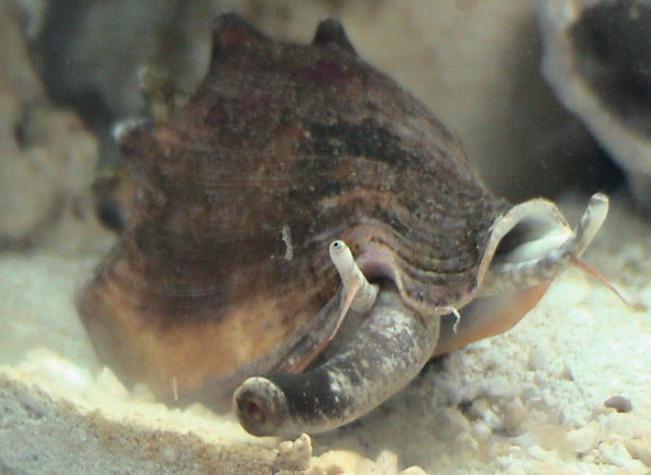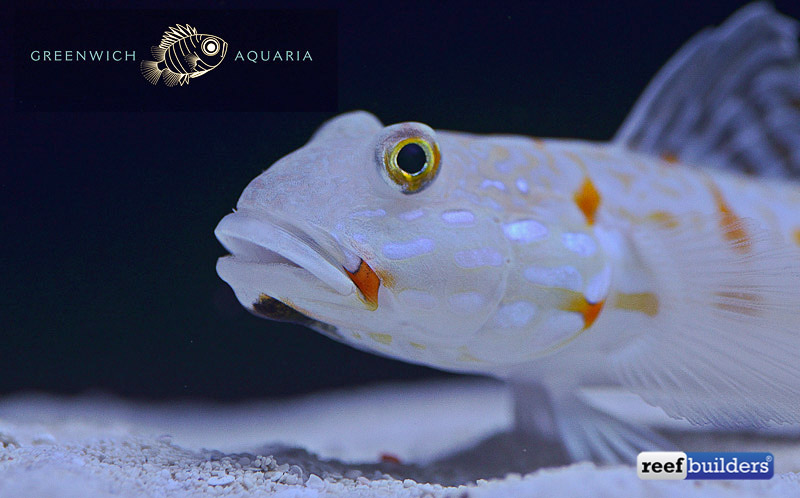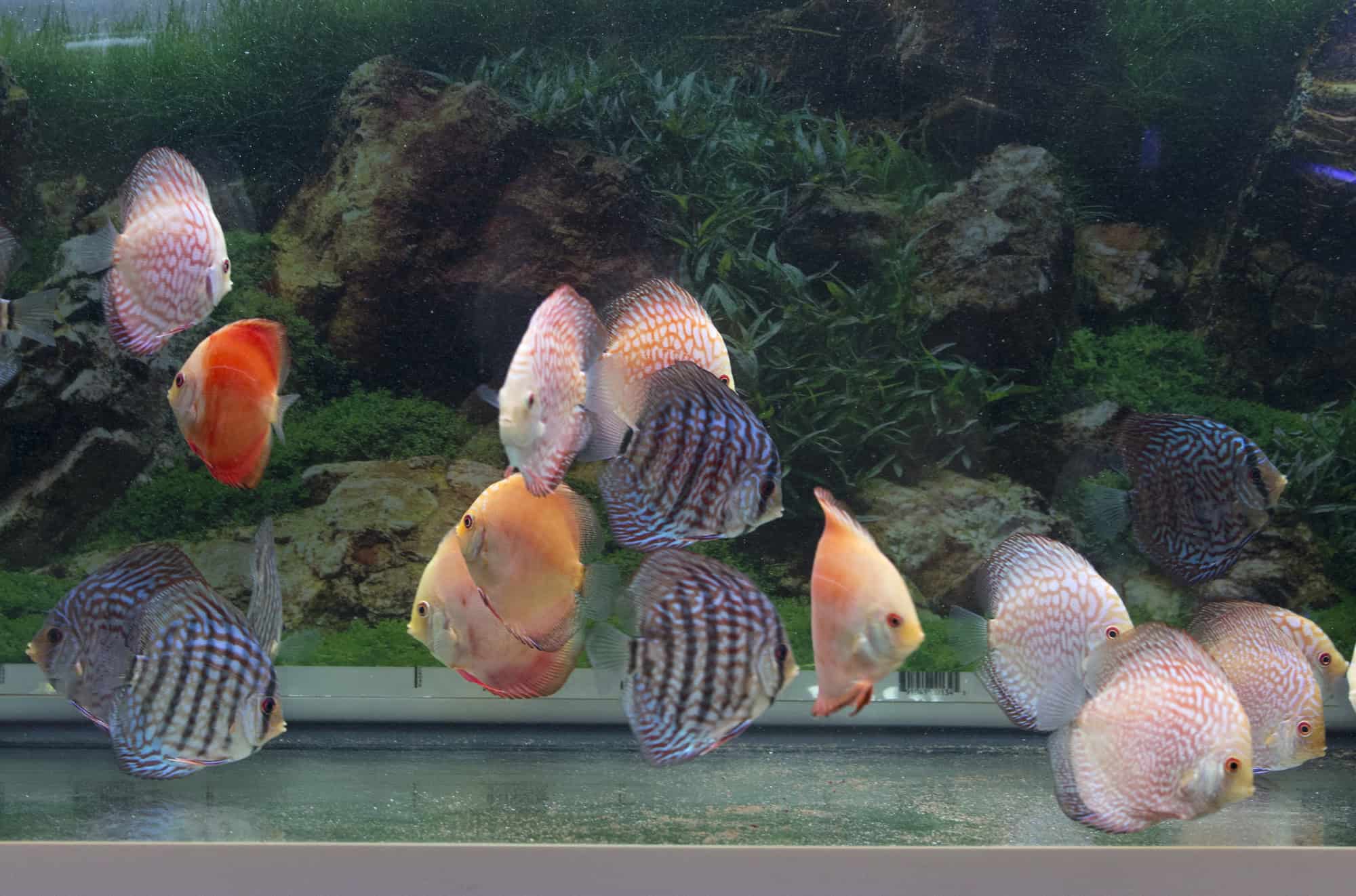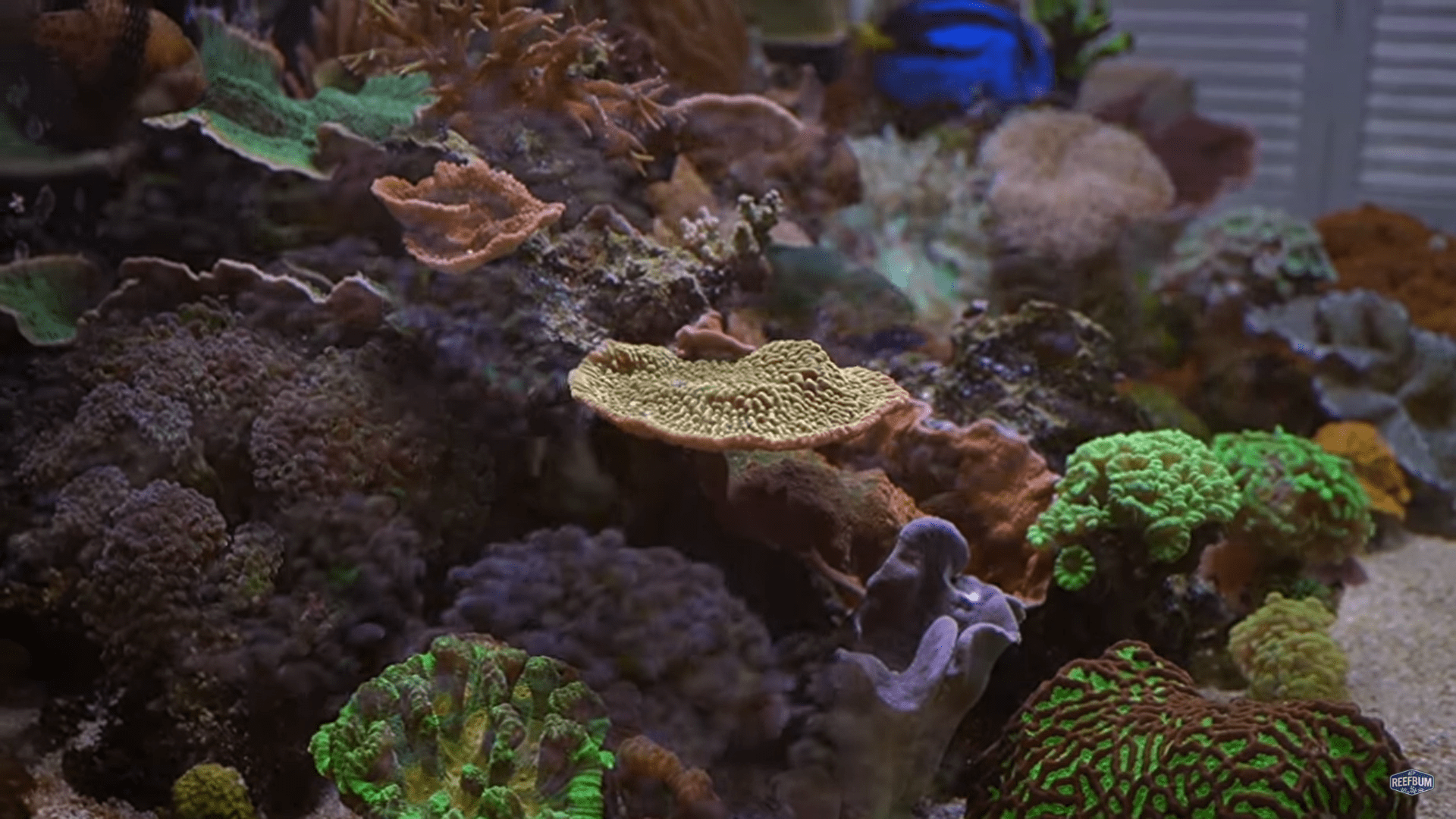Here are five of the best fish and invertebrates to sift the sand in your reef aquarium and keep the substrate clean
Chalk Goby, Valenciennea sexguttata
Chalk gobies are attractive, very peaceful bottom-dwelling fish that sift the substrate to find food. They work tirelessly, taking in mouthfuls of fine coral sand and aragonite sand, and sifting it in their mouths before spitting it out again. Their constant mouthing of the substrate turns the sand over, disturbs and dislodges detritus, and helps prevent nuisance algae buildup.
Combine with effective mechanical filtration like a roller filter to capture the dirt and detritus, and the result is a much cleaner, healthier tank. Chalk gobies provide movement and activity in the lower levels of the tank too. Keep in pairs, in tanks with large areas of sand. Medicate with a proprietary fish wormer and feed often to avoid starvation. Not suitable for bare-bottomed tanks.
Orange Spot Goby, Valenciennea puellaris
Orange spot gobies are very peaceful additions to a reef tank, bottom-dwelling and constantly sifting fine sand substrates to find food. Pairs will often make a burrow under rockwork, piling sand up around the entrance, but they will also sift the whole of the substrate while searching for food, and help to keep it clean. Being substrate dwellers they should be treated for flukes and worms, and then be fed frequently every day to maintain their body weight.
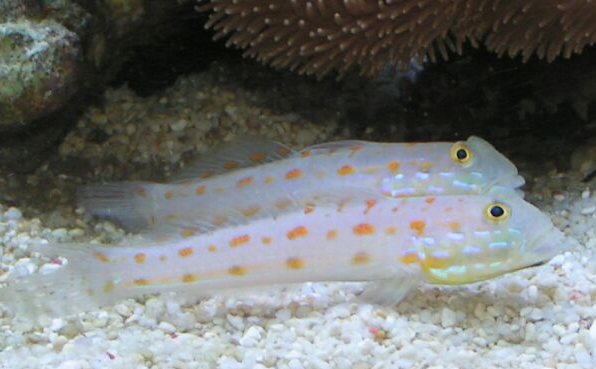
Sand-sifting Starfish, Archaster typicus
As their name suggests, Sand sifting starfish sift the sand in reef aquariums by first burrowing into it and then moving slowly through over the next few days, weeks, and months, only surfacing and becoming visible occasionally. They are reef-safe and in a mature reef tank with a large area of sand, they will prove self-sufficient and not require additional food. One or several can be added to a tank, and although they hide and aren’t colorful they are probably the easiest starfish to keep long term, as well as providing a useful role in the aquarium.
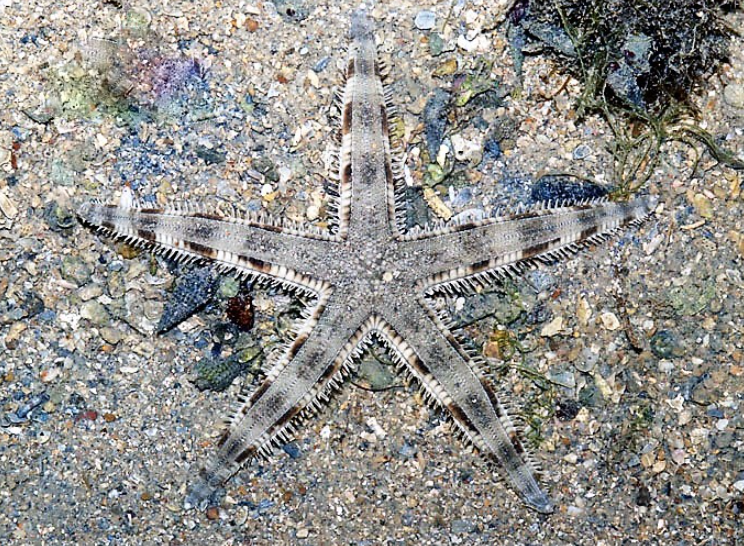
Sand-sifting Snail, Nassarius spp.
Nassarius snails are actually meat eaters, not algae grazers, but they burrow into and plow through coral sand substrates while looking for food, turning it over as they do so. They spend most of the day buried, but their sense of smell is acute and will come out as soon as dry food or frozen food is added to the water. They are good for eating uneaten food too, but will also dine on dead fish so you won’t find a body if they are present. Add half a dozen to an average-sized reef aquarium.
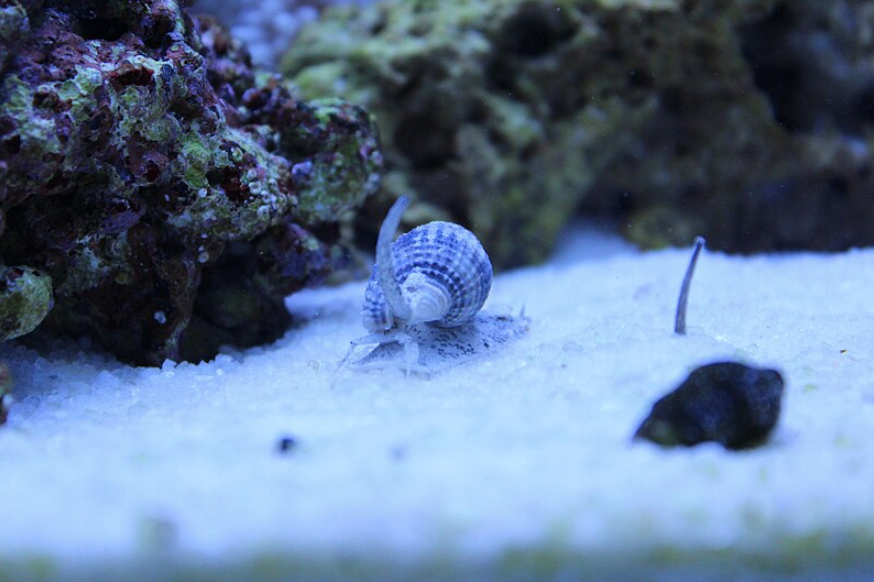
Fighting Conch, Strombus alatus
Conch are like large sand sifting snails although they have the most fascinating eyes and trunk-like mouths that they press onto surfaces to rasp algae. Conch are slow but have endearing features that make them welcome oddball inverts for the established reef tank. Their movement through the sand will help to turn it over. Don’t combine with medium-sized hermit crabs, which will hunt them for their shells.
